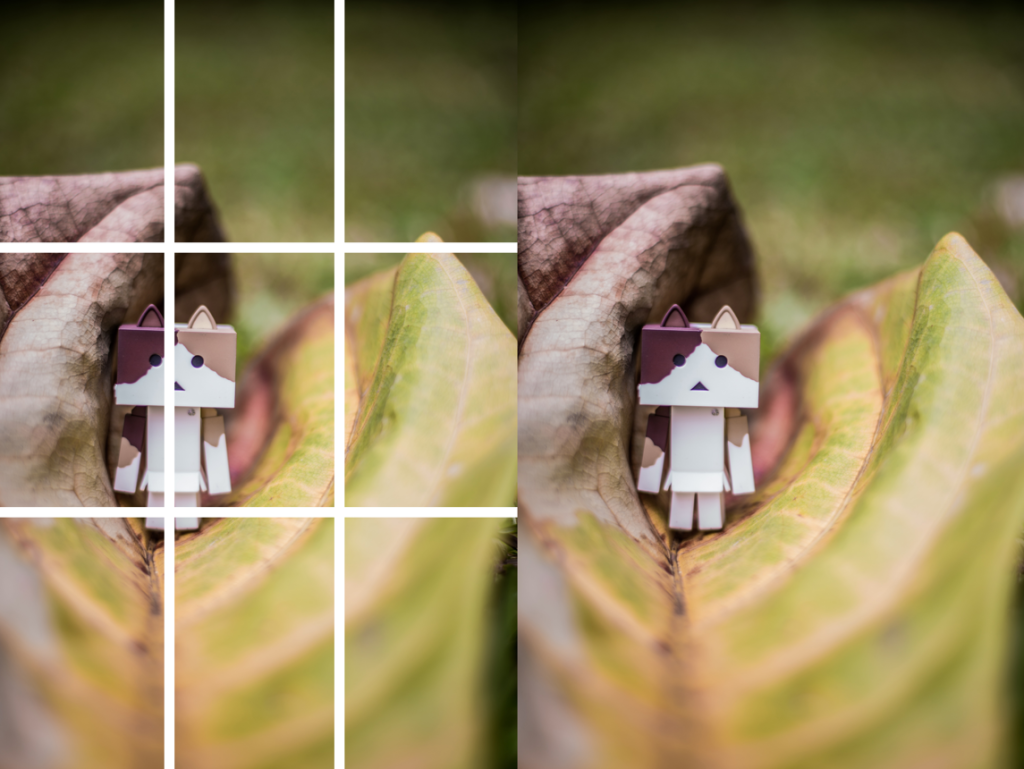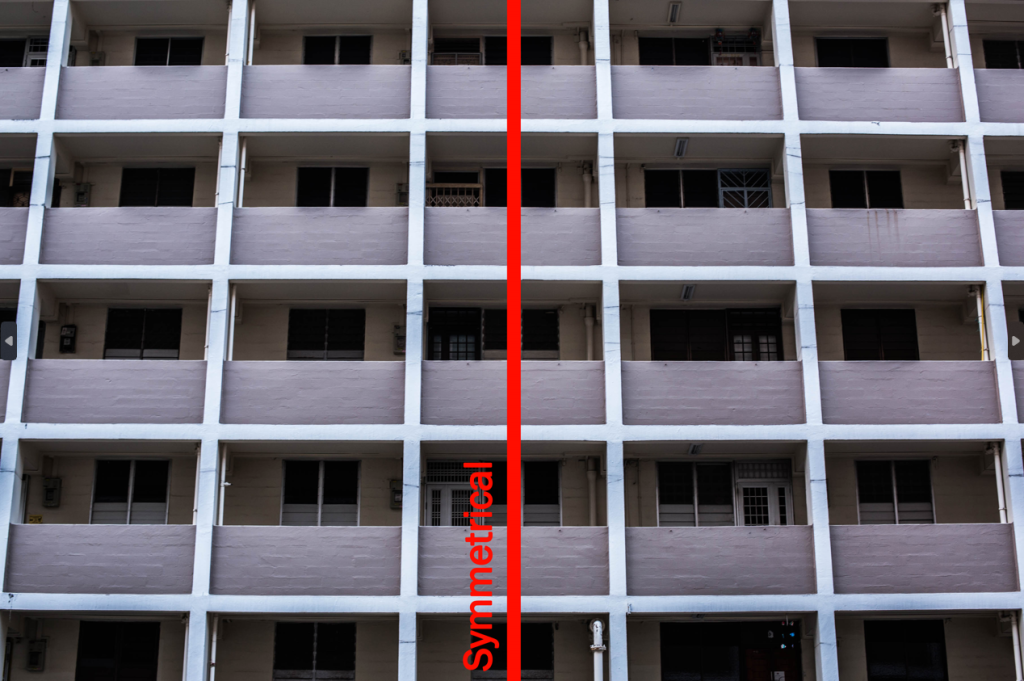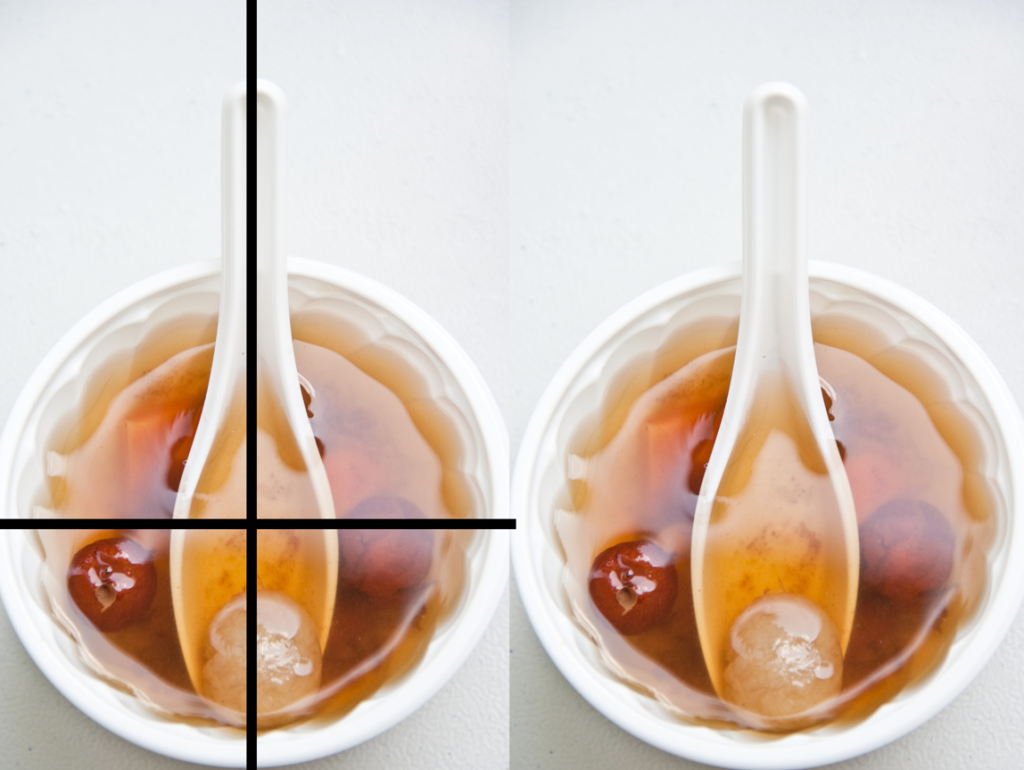Want to create stunning photo content with your smartphone?
This comprehensive guide will show you how. We’ll cover simple techniques to help you take great pictures for your content. From understanding lighting and composition to using basic editing tools, these tips will make your photos stand out. Whether you’re capturing moments for Social Media or building a professional portfolio, you’ll learn how to maximize your smartphone’s camera potential. Start your journey to better photos today!
Before diving in, there are a few basics you should know. These fundamentals will help you along the way.
I: FUNDAMENTALS 101
(1) Know Your Gear
Understand your smartphone camera’s capabilities. Even though it’s a mobile phone, knowing its functions, such as different focal lengths and settings, is important. Experiment with these features to see what your phone can do.
(2) Know Your App
Photo editing apps like InShot, Adobe Lightroom, and Photoshop Express can enhance your pictures. Familiarize yourself with these apps to make your photos look their best.
(3) Get the Right Exposure
Lighting is key, especially in low-light situations. Learn how to adjust exposure and consider using portable lights to ensure your photos are well-lit.
(4) Composition is Key
Use classic composition framing techniques like symmetry, leading lines, and textures. Focus on what to include in the frame and what to leave out. Scroll down to learn Compositions.
(5) Sometimes “Crop It”
Use the cropping tools in editing apps to remove unwanted elements and improve your photo’s composition.
(6) Accessories
Consider external accessories like gimbals or tripods for stability and better shots, based on your personal preferences.
(7) Look Up (not just eye level)
Explore different angles and perspectives. Beautiful subjects might not always be at eye level. Keep an eye out for interesting shots above and around you.
(8) External Elements
Sometimes, we capture beautiful coincidences in our photos, and sometimes we don’t. Knowing how to make good use of external elements like sunlight, shadows, and reflections can elevate your shots. For more tips on this, check out my lifestyle blog post here. You’ll learn a lot from it!
II: KNOW THE DO NOT
A- Do Not Overexpose
Avoid letting too much light into your shots. Overexposure can wash out details and colors.
B- Do Not Overedit
Keep edits subtle. Overediting can make photos look unnatural and detract from their quality.
C- Do Not Oversaturate or Misbalance White
Avoid making colors too intense or incorrect. Oversaturation and poor white balance can distort the image.
D- Do Not Ignore Composition Rules
Learn and follow composition rules before trying to break them. Poor composition can ruin a photo’s impact.
E- Do Not Use Distracting Backgrounds
Ensure the background complements, not distracts from, the main subject.
F- Do Not Forget a Focus Point
Always have a clear main subject. Photos without a focal point can feel directionless.
G- Do Not Shoot in Low Light Without a Tripod
In low light, use a tripod to prevent blurry photos caused by camera shake.
H- Do Not Take Unfocused or Motion Blur Photos
Ensure your photos are sharp and clear. Unfocused or motion-blurred images lack professionalism.
J- Do Not Use Backlight Without Fill Light
Balance backlighting with front or fill light to avoid dark, underexposed subjects.
K- Do Not Stage All Shots, Capture Moments
While staging can be useful, capturing candid, impactful moments often results in more compelling photos.
L- Do Not Use Bad Posing
Avoid awkward or unnatural poses. Good posing enhances the subject and the photo.
III: COMPOSITION RULES
What is Composition?
In photography, composition refers to the arrangement of visual elements within a photo. It’s about how you place different subjects together to create a cohesive and visually appealing image. This concept can be challenging for beginners to grasp fully, as it involves understanding how every element in a scene contributes to the overall picture. Mastering composition rules is essential for any photographer, as they provide a foundation for developing your style and improving your skills. With a solid grasp of these rules, you can experiment and create compelling photos.
Understanding composition rules opens up a world of creative possibilities. By mastering these rules, you can enhance the placement and arrangement of visual elements and subjects within your photographs, making them more appealing and engaging for viewers. How you frame a photo can significantly impact the viewer’s attention and understanding of its meaning.
(1) Rule of Thirds
The rule of thirds is a fundamental composition technique in photography. It involves dividing an image into nine equal parts using two horizontal and two vertical lines, resulting in a grid. The key elements of the scene are then placed along these lines or at their intersections, rather than at the center. This approach creates a more dynamic and visually pleasing composition, drawing the viewer’s eye to important areas of the image. The rule of thirds has been a cornerstone of photographic composition for centuries, favored for its ability to create balanced and engaging photographs.

(2) Symmetry & Asymmetry
Creating symmetry in your photos can add a graphic dimension that enhances the overall composition. Symmetry is often associated with formal balance, creating a sense of harmony and order in the image. On the other hand, asymmetry, or informal balance, can be more dynamic and engaging. Achieving asymmetry requires carefully balancing elements in the frame, creating a sense of equilibrium without mirroring each side. While symmetry is about exact mirroring, asymmetry is about creating balance through variation and contrast. It adds depth and visual interest to the photograph, making it more compelling and thought-provoking for viewers.

(3) Leading Lines
Everywhere we look, there are lines guiding our gaze – from the straight edges of buildings to winding pathways. These lines can be powerful compositional tools in photography, leading the viewer’s eye through the image in captivating ways. Leading lines composition is about using these lines to direct attention towards the main subject of the photograph. By incorporating leading lines, you create a visual journey for the viewer, guiding them through different elements of the scene. Sometimes, these lines stretch from one edge of the photo to the other, enhancing the sense of depth and perspective.

(4) Frame within Frame
The frame-within-a-frame technique is a straightforward yet effective compositional strategy. It involves using elements in the foreground to frame the main subject in the background. These two subjects may not be physically close, but through clever camera angles, they can be framed in parallel or near-parallel within the photo. This technique adds depth and interest to the composition, drawing the viewer’s eye towards the main subject while providing context and visual appeal.

(5) The T
Similar to Symmetry and Asymmetry composition rules, the T composition can also add a graphic dimension to the photograph. It sometimes allows us to create formal balance in the photo. Breaking the rules, using the T guidelines, creates rectangular visual imaginations guidelines for the subjects within the framing.

There are numerous hybrid composition techniques you can explore in my upcoming Visual Mastery E-book. Additionally, understanding one-point, two-point, and three-point perspectives can greatly enhance your ability to apply these theories in practice.
IV: PHONE CAMERA HACKS
Turn on the Grid on Camera Mode
One of the simplest and most effective methods to enhance your photographs is by using the rule of thirds. This technique helps you frame your images for optimal composition.
Set your Exposure
You can adjust exposure on a smartphone. The convenience of smartphone photography lies in its seamless operation. Unlike in the film era, where photos could turn out too light, too dark, or fuzzy, smartphone cameras excel in capturing well-exposed images. This is largely due to the fact that most smartphone photos are actually a result of multiple exposures and you can set it before you take a picture.
Use Portrait Mode to focus on Subject
Portrait mode captures a slightly zoomed-in picture, highlighting the subjects and blurring the background. This technique creates a visual illusion that directs the viewer’s attention to the person or object being photographed. When used effectively, portrait mode can produce striking images with a dramatic appearance, accentuated by the depth-of-field effect that sharpens the focus on the subject.
In conclusion, mastering the art of phonegraphy is not just about the quality of your camera or the number of megapixels it boasts. It’s about understanding the principles of composition, lighting, and subject placement that can turn an ordinary shot into an extraordinary one. By following the Tips and Techniques outlined in this guide, you can elevate your content creation game and capture stunning images that will captivate your audience. So, grab your smartphone, experiment with different angles and perspectives, and unleash your creativity. With practice and patience, you’ll soon be taking photos that are not just good, but great. Happy creating lots of photo content!
✧⭒✦✧⭒✦◇ Ready to Level Up Your Socials? ✦⭒✧✦⭒✧
Still struggling with messy marketing or feel lost on social media? It’s time to change that. Dive into IreneKreations’ Recommended Social Marketing E-Books — a curated library filled with FREE and premium guides crafted for business owners who want real, lasting results.

From social media to content strategy and branding, these resources are your shortcut to making marketing finally make sense (and work).
Instant access. Powerful strategies. Business-ready results.
Join IreneKreations Telegram Channel for More FREE Social Content Tips here








